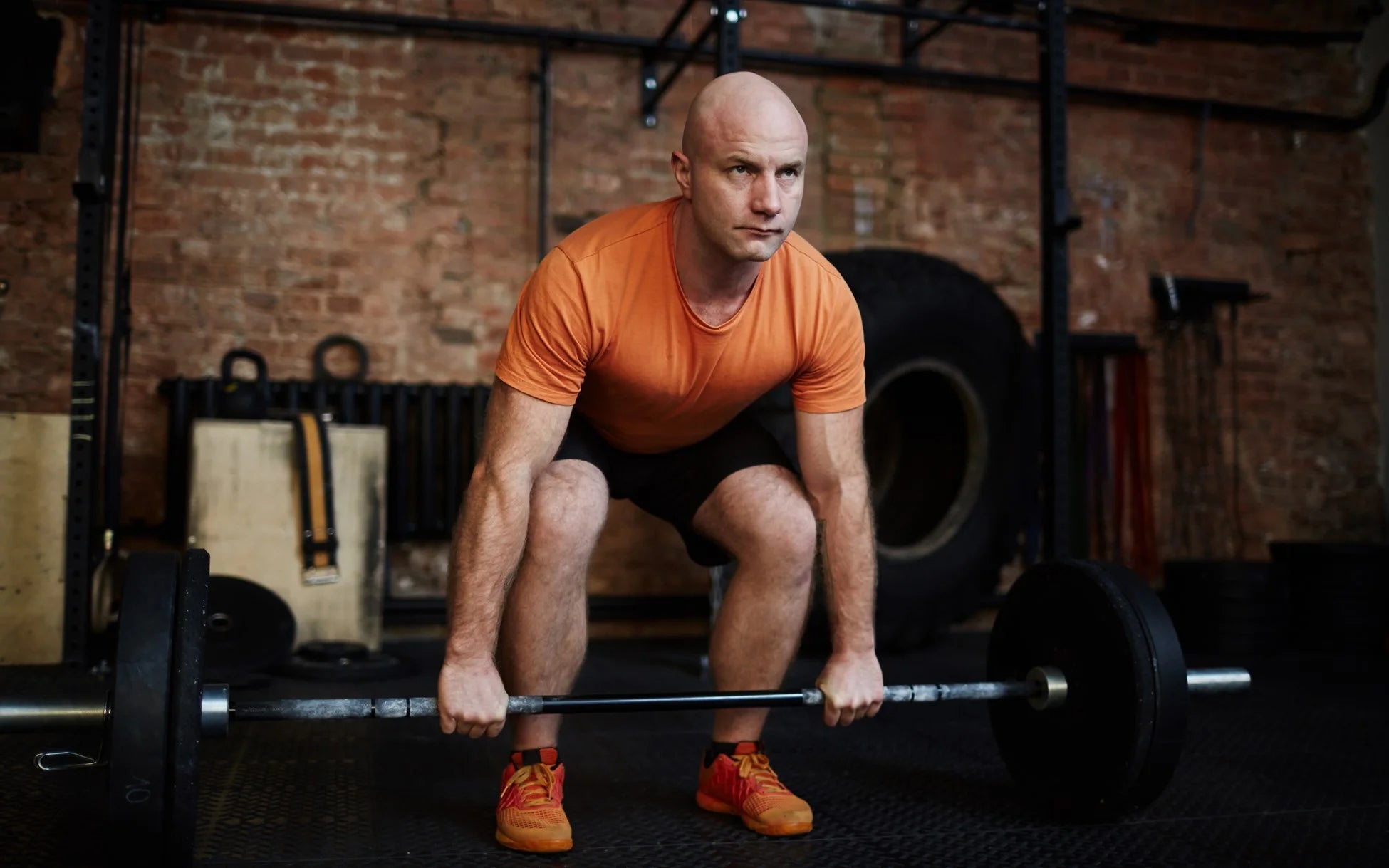Weight training is a popular form of exercise that can help improve strength, build muscle, and enhance overall fitness. However, for individuals suffering from lower back pain, engaging in weight training can be challenging and potentially exacerbate their condition. In this guide, I will provide valuable insights on how to safely perform weight training exercises while managing lower back pain.
Click to find more about weight training with lower back pain.
Tips for Weight Training with Lower Back Pain
If you experience lower back pain but still want to engage in weight training, there are several precautions you should take:
- Consult with a healthcare professional: Before starting any new exercise regimen or if you have existing lower back pain, it is crucial to consult with a healthcare professional. They can assess your condition and provide personalized advice.
- Focus on proper form: Maintaining proper form during weightlifting exercises is essential to prevent further strain on the lower back. Engage your core muscles and ensure that your spine remains neutral throughout each movement.
- Avoid heavy weights initially: Start with lighter weights and gradually increase the intensity as your body becomes accustomed to the exercises. This gradual progression allows your muscles to adapt without placing excessive stress on your lower back.
- Incorporate low-impact exercises: Include low-impact exercises such as swimming or cycling into your routine. These activities help strengthen the surrounding muscles without putting excessive pressure on the lower back.
- Listen to your body: If any exercise causes increased discomfort or pain in your lower back, stop immediately. It’s important not to push through the pain as it may worsen the injury.
Different Types of Sitting Posture
Your sitting posture plays a significant role in maintaining good spinal health, especially if you have lower back pain. Here are some different types of sitting postures to consider:Click best support brace for tennis elbow.
- Ergonomic chair: Investing in an ergonomic chair can provide proper lumbar support and help maintain a neutral spine position while sitting for extended periods.
- Active sitting: Utilizing an exercise ball or kneeling chair promotes active sitting, engaging your core muscles and reducing strain on the lower back.
- Proper alignment: Sit with your feet flat on the floor, knees at a right angle, and ensure that your hips are slightly higher than your knees. This posture helps distribute weight evenly across the spine.
- Frequent breaks: Take regular breaks from prolonged sitting to stretch and move around. Sitting for long periods can lead to muscle stiffness and increased discomfort in the lower back.
The Best Support Brace for Lower Back Pain

A support brace can provide additional stability and alleviate lower back pain during weight training exercises. Consider these factors when choosing the best support brace:
- Comfortable fit: Look for a brace that fits snugly but does not restrict movement or cause discomfort.
- Adjustability: Opt for a brace with adjustable straps or closures to customize the level of compression and support based on individual needs.
- Breathability: Choose a brace made from breathable materials that allow air circulation to prevent excessive sweating or skin irritation during workouts.ConclusionIncorporating weight training into your fitness routine is possible even with lower back pain; however, it requires caution and attention to proper form. By following these tips, maintaining good posture while seated, considering different types of sitting postures, and utilizing appropriate support braces, you can minimize the risk of further aggravating your lower back pain and safely enjoy the benefits of weight training.
